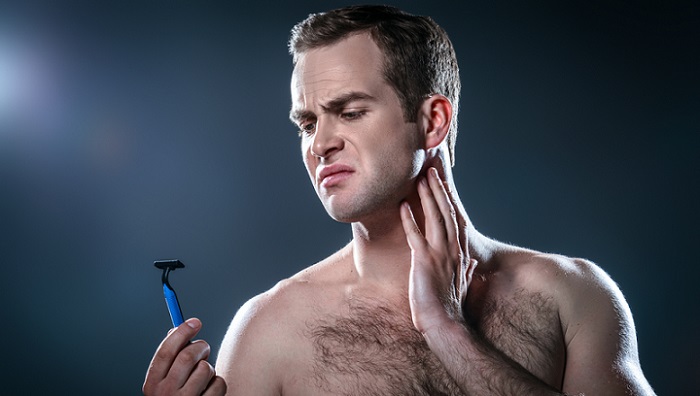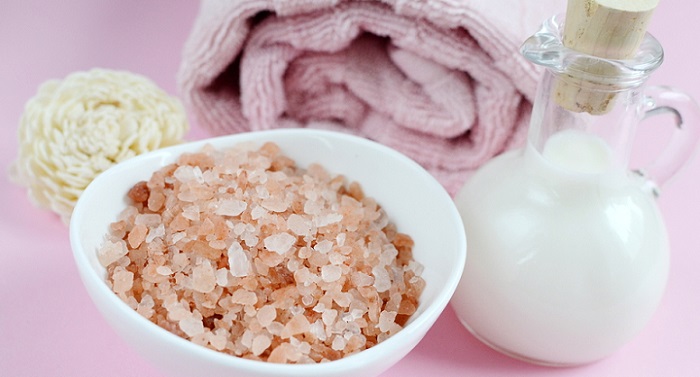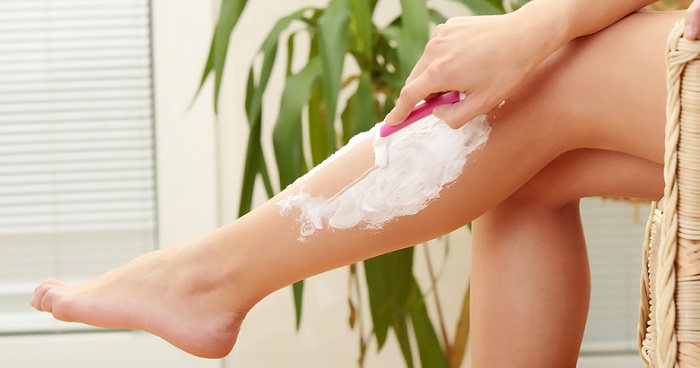5 Effective Ways to Avoid Razor Bumps
Razor bumps are a major annoyance for anyone who shaves as a method of hair removal. For a long time, itchy, sore razor bumps were just something men and woman had to deal with if they wanted to shave their facial and body hair.

The truth is there is no reason to just deal with razor bumps. With a little bit of skin preparation and special aftercare, you can easily avoid these issues. It’s always better to avoid razor bumps in the first place than attempt to treat the bumps afterward.
Start with a quality razor (make sure it’s still sharp and definitely not rusted) and then go from there. Once you have a quality shaving tool, here are five effective ways to avoid razor bumps from shaving.
The Best Tips on How to Avoid Razor Bumps
1. Prepare Your Skin with Warm Water
At the core, razor bumps are clogged pores. Before shaving, prep the skin by washing with warm or hot water and a mild soap. This will open up pores and ensure there are no bacteria lurking to create clogged pores after shaving. Open pores will help prevent shaved hairs from becoming ingrown hairs as they grow back.
Cleansing with warm water and a mild soap will also soften the hair follicle. Razor bumps are often more common for people with thick, coarse hair. Anything you can do to soften the hair will both help hair removal and aid in the prevention of razor bumps.
2. Exfoliate

In addition to bacteria and germs, excess dead skin cells can cause clogged pores. Shaving will then exasperate the problem if you have dry, flakey skin. To avoid razor bumps, exfoliate prior to shaving.
Exfoliating can be done in a number of ways. Physical exfoliates are the most commonly known. This includes using a physical element to slough off dead skills cells like a loofah, pumas stone, or a cream with some grit.
Chemical exfoliants are a different option for removing dead skin cells. A chemical exfoliant loosens the bond between dead skin cells and the epidermis. You’ve likely used a chemical exfoliant in your skin care, even if you didn’t realize it. Chemical exfoliants like alpha hydroxy acids and beta hydroxy acids are common in skin care products, for example.
3. Use a Thick, Quality Shaving Gel or Cream

Find the right high-quality shaving gel or cream. It will significantly reduce razor bumps and razor burn. To identify a quality product, make certain it has moisturizing ingredients like dimethicone, petrolatum, paraffin, lanolin, glycerin, sorbitol, sodium hyaluronate, urea, propylene glycol, and alpha hydroxy acids. The best shaving creams will be thick, creamy, and not easily wash off with water. A quality shaving product will have some staying power until you remove it with a razor.
Avoid using soaps or other products not meant for shaving. Many soaps dry out the skin rather than protect it, resulting in more razor bumps. Also, when shaving you should always go with the direction of hair growth. Going “against the grain” can increase the chances of ingrown hairs and irritated skin.
4. Use Aftershave with Skin Calming Properties
Razor bumps are, effectively, a result of irritation of the skin. After shaving, apply a product that calms skin and reduces irritation and inflammation to prevent razor bumps. Natural products like aloe vera and coconut oil are great for calming skin after a shave.
Astringents like witch hazel have been shown to be effective against razor bumps as well, but be careful not to overuse them. Astringents do get rid of dead skin cells and open up pores, but can dry out skin. It’s important to strike a good balance between exfoliated, open pores and maintaining moisture. A high quality after shave product will protect skin that is delicate after a shave.
5. Wear Breathable Clothing
Skin, no matter where it is on the body, needs to be exposed to oxygen to keep it healthy and bump free. Wear breathable fabrics like cotton to ensure skin is getting proper air exposure. Oxygen is critical to avoiding a buildup or overgrowth of bacteria that can cause the red, irritated spots of razor bumps.
In addition to breathable fabric, avoid clothing that is too tight or restrictive. If you must wear tighter clothing, put a time limit on how long you wear it. After exercise, get out of sweaty, tight clothing as soon as possible as the moisture of sweat can contribute to bacteria growth that causes razor bumps.
The best way to fight razor bumps effectively is to prevent them with the tips shared here, but if you still find yourself with those irritating, uncomfortable bumps, there are still a few things you can do.
Additional Tips

Apply tea tree oil or aloe vera directly to the irritated area, and it will clear up faster. Both tea tree oil and aloe vera soothe inflamed skin and have antibacterial properties to avoid infections.
Cornstarch can also be an effective treatment. Spread cornstarch across the affected area, wait 20 minutes and then rinse it off. The cornstarch pulls out moisture and bacteria in a gentle way from irritated skin. Use a heat compress for a few minutes to open up pores and allow ingrown hairs to push through. Continue to exfoliate in a gentle way and bumps should clear up fairly quickly.
If the bumps are extra itchy or inflamed, apply hydrocortisone cream to reduce irritation. The cream can keep you from scratching bumps and making the condition worse. Don’t use hydrocortisone cream for too long. Otherwise, it can cause a rash of its own, especially if you overuse it.
Bottom Line
All in all, there is no reason to suffer from annoying or painful razor bumps. With some preparation and with an arsenal of after-shave tactics, anyone can prevent the torture that is razor bumps once and for all.






